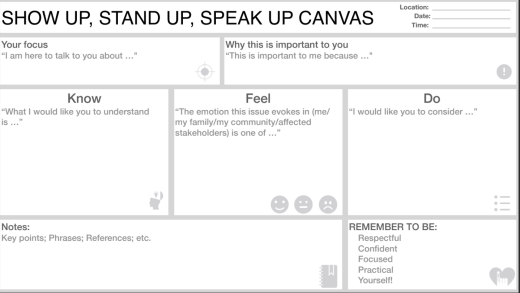Golang recently hit a landmark moment, according to the recently released 2018 survey results. According to the user-reported survey, for the first time half of survey respondents now use Go as part of their daily routine. No longer just a hobbyist language, Go’s usage in the enterprise continues to rise and expand to different sectors.
Though the programming language has only been around for nine years, it’s become an important part of the developer landscape. Over 5,000 people took the survey from 103 different countries. Let’s check in on the pulse of Go.
Entering the enterprise
The amount of developers using Go at work has steadily risen year after year. In 2018, 72% of users program in work at Go ,compared to 68% the year before.

Go 2018 survey results. Source.
Most of these professional Golang users work in web development. Following web development are DevOps, systems programming, network programming, and database. Developers program in Golang in a variety of different sectors, including Internet/web services and software. A small percentage of developers’ organization operate in education, telecommunication, retail, and consulting, each with a response of 3%.
SEE ALSO: Golang and C++ interoperability: The reincarnation of OpenVPN’s C++ library
What are programmers writing in Go? The top response is API/RPC services, followed shortly by runnable/interactive programs.
The trend of moving from on-premises devices to the cloud continues. While in 2017 43% of users’ team deployed Go programs on-prem, this year only 32% deploy on-prem. More than half (56%) of teams use at least one cloud. AWS Lambda takes the number one spot as the most used cloud service.
Container usage also pulled ahead from 19% to 23%. Serverless rose in popularity from 5% usage to 12%.
User favorites & challenges
Go ranked number one in terms of language preference. Respondents also gave high favors to Rust and Kotlin.
22% of respondents said that Go lacks critical features; 19% responded that it lacks critical libraries. The biggest challenge that users face with the language are modules/vendoring/package management.

Go 2018 survey results. Source.
Linux is the most popular development environment. This is consistent with results from prior years.
Top 3 Go editors by usage:
- VS Code
- GoLand/IntelliJ
- Vim
The Go community
In 2018, the amount of users who would recommend Go to others rose from 83% from 90% of respondents. 89% reported that overall, they are happy with Go. Satisfaction with the language remains stable over the years.
More than half of respondents (55%) have an interest in contributing to the Go community. The top projects for involvement are the standard library, tools, and evangelism/advocacy.
SEE ALSO: 5 open source Go tools for tuning up your Golang mastery
While optional, Go asked its users some demographic questions. 40% of users did not respond and another 11% selected “I prefer not to answer”, so this data is fairly incomplete. From those who did respond: 2% are women, 3% are LGBTQIA, 2% are neurodiverse/have a disability, and 3% answered that they are ethnically or racially underrepresented.
The number of people who agreed with the statement “I feel welcome in the Go community” dropped from 66% to 59%. Likewise, the number of respondents who agree with the statement “I am confident in the leadership of Go” dropped from 54% to 46%.
Golang is currently looking into why these numbers dropped and what they (and the rest of the community) can do to better themselves. Newer users were more likely to report feeling less welcome. Currently they hope to reduce elitism, create more events and meetups in a larger geographic area, clearer introductory resources, and have more democratic leadership.
The post Golang grows in the enterprise: Half of users program with Go daily appeared first on JAXenter.
Source : JAXenter









